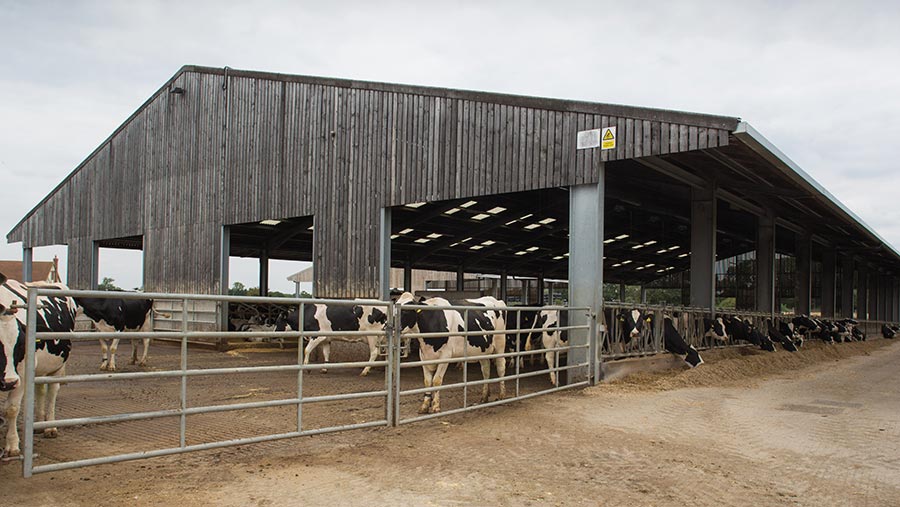Business Clinic: Can I get tax relief on a second-hand shed?
 © Tim Scrivener
© Tim Scrivener Whether you have a legal, tax, insurance, management or land issue, Farmers Weekly’s Business Clinic experts can help.
Andrew Robinson, partner and head of agriculture at Armstrong Watson, advises on the tax treatment of the purchase and relocation of a cattle building.
Q. I read with interest the Business Clinic in September on what is and is not eligible for tax relief. I am considering buying a second-hand building for £100,000. It will cost me £50,000 to remove it from its present location and another £50,000 to erect on my holding. The shed will be for housing cattle over a new slurry pit, also costing £150,000. Does the fact that the building is second-hand alter the tax implications and do you have any further tax advice regarding what I propose?
See also: Business Clinic: what tax relief can I get on my new dairy complex?
A. You raise a number of interesting questions relating to this project.
Dealing first with the cost of the new slurry pit, this will be treated separately to the building above it and will qualify for 100% capital allowances in the year it is purchased through the annual investment allowance (AIA).
Businesses will continue to be able to claim up to £1m of 100% capital allowances each year on plant and machinery through the AIA.
This was one of the few mini-Budget measures to escape being reversed by the new chancellor Jeremy Hunt.
The position concerning the second-hand building is more complicated.
The first point to make is that HMRC does not generally accept the cost of putting a roof over a slurry store or silage clamp as qualifying for capital allowances.
This is on the basis that they can function without a roof or cover. This is frustrating when farming businesses are being encouraged to improve water and air quality by doing work of this type.
Had you been constructing a new building over the slurry pit, then the structures and buildings allowance (SBA) would be available on the basic structure at a rate of 3%, with higher rates of relief being available on integral features and plant as explained in last month’s Business Clinic.
Obtain information from the vendor
The issue with buying a second-hand building is that if it was constructed before 29 October 2018 it does not qualify for the SBA.
If it was constructed after that date, the amount of the SBA you can claim is based on the original cost of the building, not the £100,000 you are paying.
You, therefore, need to obtain this information from the vendor of the building before completing the purchase.
The cost of moving and erecting the building on your farm is treated separately to the original cost.
HMRC allows the cost of “renovating or converting” a building as qualifying for the SBA even where the building was constructed before 29 October 2018.
As this is relatively new legislation, there is little guidance from HMRC as to how the cost of moving a building is treated for SBA tax relief.
Careful thought needs to be given, and expert advice sought before a claim for tax relief is made.
Do you have a question for the panel?
Outline your legal, tax, finance, insurance or farm management question in no more than 350 words and Farmers Weekly will put it to a member of the panel. Please give as much information as possible.
Email your question to FW-Businessclinic@markallengroup.com using the subject line “Business Clinic”.
